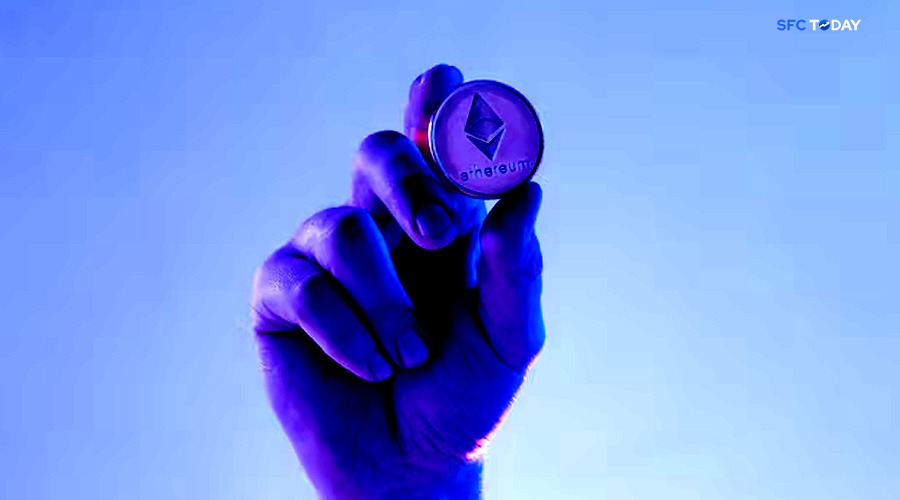Market obstacles: Ethereum price faces difficulties in breaking the US$4,000 price barrier
Ethereum, the second-largest cryptocurrency by market capitalization, has encountered difficulties in surpassing the elusive US$4000 threshold. This article delves into the multifaceted reasons behind this challenge, illuminating the technical, economic, and regulatory dimensions at play.
Technical Hurdles
Ethereum’s price growth is hampered primarily by network congestion and high gas fees. Despite the successful implementation of the London hard fork and the transition to proof-of-stake through The Merge, scalability issues persist. These obstacles deter new users and curtail the potential for widespread adoption, a critical driver for price appreciation.
Economic Challenges
The broader economic landscape has contributed to Ethereum’s price stagnation. The cryptocurrency market often mirrors traditional financial markets, and amidst global economic uncertainties marked by inflationary pressures and interest rate hikes, investors exhibit greater risk aversion. This shift in investor sentiment results in reduced capital inflow into riskier assets like Ethereum.
Regulatory Ambiguity
Regulatory ambiguity casts a shadow over the crypto industry. As governments worldwide grapple with digital asset regulation, investor caution prevails. The absence of clear regulatory frameworks dissuades institutional investors from allocating significant capital to Ethereum and other cryptocurrencies.
Competition from Alternative Blockchains
Ethereum faces competition from emerging blockchains offering comparable or superior features, including faster transaction speeds and lower fees. This competition fragments the potential investment base and poses a hurdle to Ethereum’s price ascent.
Market Sentiment and Speculation
Market sentiment significantly influences cryptocurrency valuations. Presently, the fear and greed index signal extreme market greed. While this can drive price hikes, it also heightens the risk of speculative bubbles and subsequent corrections, potentially hindering sustained growth beyond the US$4000 mark.
Technological Advancements and Their Implications
Despite challenges, Ethereum has undergone significant technological enhancements with long-term price support potential. The London hard fork’s fee-burning mechanism has rendered Ethereum deflationary, with more ether being burned than created. Continued demand could eventually drive price appreciation.
Institutional Interest and Investment
Institutional interest in Ethereum is increasing, albeit slower than anticipated. The prospect of an Ethereum ETF launch, following Bitcoin ETF introductions, could attract more institutional capital. However, until such products gain widespread acceptance, the US$4000 barrier may persist.
Derivatives and Open Interest
The Ethereum derivatives market has witnessed a surge in open interest, reaching its highest level in over a year. This uptick reflects growing trader optimism regarding Ethereum’s potential to surpass current price levels. However, derivatives can introduce heightened volatility, potentially impeding steady price growth.
Ethereum’s struggle to breach the US$4000 barrier encompasses a blend of technical, economic, and regulatory factors. While the network has made notable strides in addressing scalability, external influences such as economic headwinds, regulatory uncertainties, and market sentiments pose persistent challenges.


